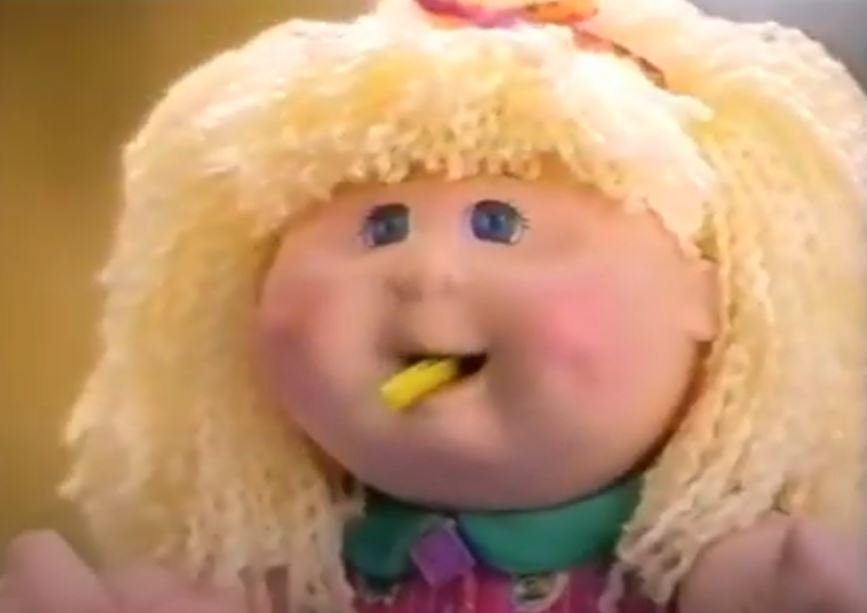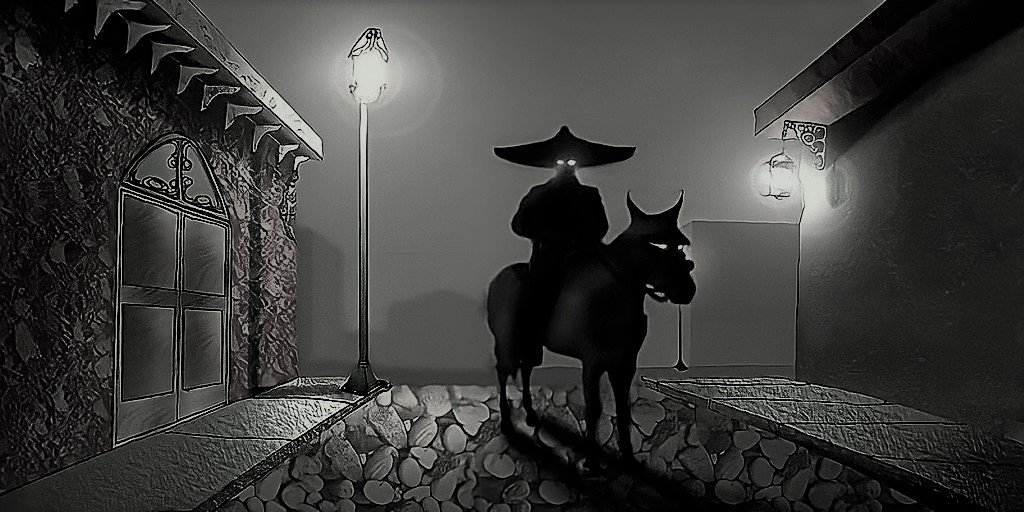5 Weirdly Interesting Museums Around the World
“Hmm, yes but I’d like to see art that makes me say, ‘WTF’”
There are tens of thousands of museums around the world and sure art is subjective but there are objectively dozens of non-traditional museums that are both weird and interesting. Here are 5 of them and a brief history of how they started:
1. The National Poo Museum - Isle of Wight, England
According to a very scientific book called “Everybody Poops”, everyone and everything poops, and since there is so much poo in the world, someone was going to start collecting it.
How The National Poo Museum Started
Originally the Poo Museum was an exhibit on display at the Isle of Wright Zoo containing poo from several animals in the zoo as well as several donations. The goal was to teach people that poo is important and to remove the stigma of talking about your shit.
Apparently, the idea was a hit because it was the zoo’s best summer. The exhibit grew and became a “micro-museum”, moving to a former public toilet of an old Victorian fort. Inside you’ll find several interactive displays, fossilized poop, and lots of poo encased in globes of resin. It’ll be like looking at several crystal balls telling you your future is shit.
“Guys it’s going to be another shitty year.”
But Why Poo Though?
Poo is pretty important and can actually tell us a lot about your health and the health of animals so knowing what to look out for is something we should all know. Changes in color, texture, and smell can be indicators of changes in health and diet.
Collectors for the museum first freeze the poo, transfer it onto a “poo hammock”, and then take it back to the museum where they dehydrate it before encasing it in resin. The whole process takes several weeks. You can visit the National Poo Museum’s website to learn more about the wonders of poo.
Now typically museums are thought to also house art and while you might not find any shit art at the poo museum you can find bad art in our next extry…
2. Museum of Bad Art - Boston, Mass.
Sure art is subjective but there are definitely times when the general population can agree that some art is just plain bad. Usually, no one wants to see that crap but gather a bunch of bad art and everyone is going to want to see that shitstorm.
How the Museum of Bad Art Started
This one feels like it started off as a bad joke that took a life of its own. Back in 1993 an antique dealer Scott Wilson found a painting in the trash and wanted to sell the frame. His friends, Jerry Reilly and Mary Jackson thought the painting was so terrible that it actually might be good. To them, this meant the rest of the world should see this bad art, sort of like what Universal Pictures thought when they saw the first cut of 2019’s Cats.
Movies are art!
Luckily for Scott Wilson, Jerry and Mary were actually right and created a display in their basement along with several other pieces of bad art they asked friends to share. The little exhibit was a success and eventually, MOBA moved to a different larger space.
Today, after several moves throughout the years, they have a small exhibit at the Dorchester Brewing Co. but you can also see a large number of their 800 pieces on the Museum of Bad Art website.
But Why Though?
How can you look at the original painting that started it all and not think “everyone has to see this”?
Apparently burning it wasn’t the right choice
3. Avanos Hair Museum - Avanos, Turkey
The 1979 owner of the Avanos ceramics shop ‘Chez Galip’ and a ceramic master himself, Galip Körükçü, put a display of women’s hair up in his shop. Naturally, people were curious and some probably wondered if the women gave up their hair willingly. Turns out they did and the story of how it started is pretty harmless.
Still looks creepy as fuck though
How the Avanos Hair Museum Started
In the 1970s Galip’s good friend was leaving the town of Avanos for good. Seeing how heartbroken Galip was, his friend cut a piece of her hair off and gave it to him to remember her by.
Galip kept it close to him and kept it in the shop which caused others to ask about it. Several women were touched by the story and decided to leave a piece of their own hair with Galip as well. In 1979 Galip put up a display of all the hair snippets he acquired which caused more women to ask about it and leave their hair behind.
Today over 16,000 women have left Galip some of their hair.
But Why Leave Your Hair?
That’s a lot of hair and while most women are said to have left their hair because they found the story romantic, there’s another more rewarding reason to leave behind some of your gorgeous locks.
Twice a year Galip chooses a customer to come down to his basement of hair and has them choose 10 pieces of hair. The owners of those hair snippets win an all-expenses paid vacation courtesy of Galip. If all I had to do to win an all-expenses paid vacation is leave some hair… I still wouldn’t do it but plenty of people would.
She really wants that vacation
While the idea of leaving your hair in a museum to join thousands of others might be interesting to some, I find it a bit creepy but not as creepy as our next entry…
4. The Clowns Gallery Museum - Dalston, London
The Clowns Gallery Museum actually has two locations one at the Wookey Hole Complex in Somerset, England, and the other at the Holy Trinity Church in Dalston. According to the website, the Museum is currently closed due to some construction at the church.
While a museum about clowns isn’t the most surprising thing since clowning goes back centuries (especially if you consider court jesters as the predecessors of clowns) what is weirdly interesting about this museum is the hundreds of clown eggs.
“Do clowns lay eggs?!”
How the Clowns Gallery Museum Started
Right after World War II ended, chemist Stanley Bult developed a fascination for clowns which isn’t surprising given the amount of death that had just occurred. But Stanley wasn’t just someone with a hobby, Stanley took it a step further and created the International Circus Clown Club, today known as Clown International.
Part of the induction process included creating face portraits of clowns to ensure no two clowns had the same design. When a new clown joined, Stanley would compare their face paint to the other clowns and if they were too similar to another clown, they were rejected.
Now you could just paint the face of a clown on a piece of paper, get it laminated, and your process would be a breeze but chemists apparently like making things difficult. Stanley decided that paper wasn’t “clown-y” enough and decided to paint the portraits on blown-out eggshells.
Yea this is fine…
As the decades went on and the club management changed, artists started using larger ceramic eggs to draw the clown faces on. Today there are a few hundred eggs and the practice is no longer required but offered. Of the original 200 eggs Stanley created there are only about 80 remaining as some were destroyed although, how and when is a mystery.
Maybe someone will eventually write a book about what happened and that book can appear in our next entry…
5. Museum of Miniature Books - Baku, Azerbaijan
Who doesn’t like reading? You’re currently reading this and loving it so a museum containing a bunch of reading material is liable to be a hit. Just make sure to grab your magnifying glass before you head to the Museum of Miniature Books!
How the Museum of Miniature Books Started
Salakhova Zarifa Teymur was born on February 2nd, 1932, and growing up she dedicated her life to teaching. She also became an avid book lover including being the head of the Voluntary Society for Book Lovers of Azerbaijan for around 40 years. When you’re in a group for 40 years no one can say you’re not dedicated.
All of this makes it no surprise that Salakhova was also a book collector and in 1982 she came upon a miniature book. For the next 20 years, she collected every miniature book she could find and in 2002 opened up the Museum of Miniature Books with her private collection of almost 2,000 books.
According to Salakhova, the museum is meant to encourage reading in young children although I think she just needed a place to store all those books, 2,000 of anything is a lot.
Most of the books are around palm-sized and “fairy-sized” meaning they’re about the size of your thumb, but there are several much smaller books. In the meantime Salakhova kept collecting and since 2019 has collected over 9,000 miniature books published in 83 countries.
But you wouldn’t be a great miniature book museum if you didn’t have some of the world’s smallest books and Salakhova knows that. Her collection includes some of the world’s smallest books including several 2mm by 2mm (5/64th of an inch) books that can only be read with a magnifying glass.
Magnifying glass? I’m going to need a microscope.
But those aren’t even her smallest books, Salakhova’s museum at one time housed the world’s smallest book at 0.75 mm, less than half the size of the 2mm book. Since 2017 Salakhova has opened 2 other branches of miniature books in Azerbaijan and continues to grow her collection.
Related Article: The Haunted Mummies of Guanajuato, Mexico
Quick Facts
The National Poo Museum is not the first poo-related museum in the world, that title apparently goes to the Shit Museum in Italy
The Museum of Miniature Books holds the Guinness World Record for the largest private collection of miniature books






















